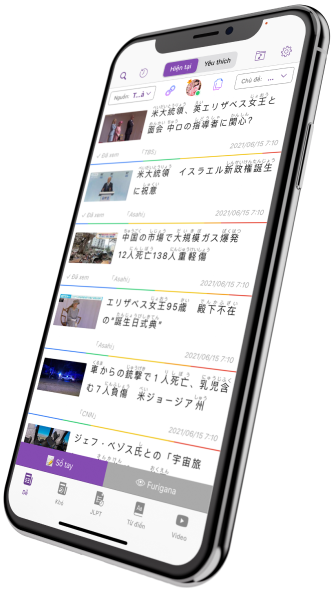
WHAT IS THE DIFFERENCE BETWEEN は AND が?
A lot of Japanese learners feel so confused when using に and で, so today TODAI Japanese will give you some examples to know how to use them in a suitable situation.
To explain more about the usage of the particles に (ni) and で (de), we can consider specific examples as follows:
1️⃣. Location:
◼ Use the particle に (ni) to indicate the destination: 私は公園に行きます。(I am going to the park.)
◼ Use the particle で (de) to indicate the location where the action takes place: 私は公園で走ります。(I run at the park.)
2️⃣. Means of transportation:
◼ Use the particle に (ni) to indicate the means of transportation: 私はバスに乗ります。(I take the bus.)
◼ Use the particle で (de) to indicate the means, and manner of the action: 私はパソコンでメールを書きます。(I write emails on the computer.)
3️⃣. Time:
◼ Use the particle に (ni) to indicate the specific time: 私は朝8時に仕事に行きます。(I go to work at 8 o'clock in the morning.)
◼ Use the particle で (de) to indicate the duration of time: 電車で30分で学校に着きます。 (It takes 30 minutes by train to arrive at school.)
However, in some cases, the difference between に (ni) and で (de) is unclear and may depend on the context and the use situation. Therefore, to master the usage of these particles, you need to practice and improve your understanding and use of the Japanese language regularly.
I hope this can help you study Japanese better, so if you want to improve your Japanese more easily with so many exciting tips, follow TODAI Japanese and download the application TODAI Japanese below to achieve your goal.










Login to comment